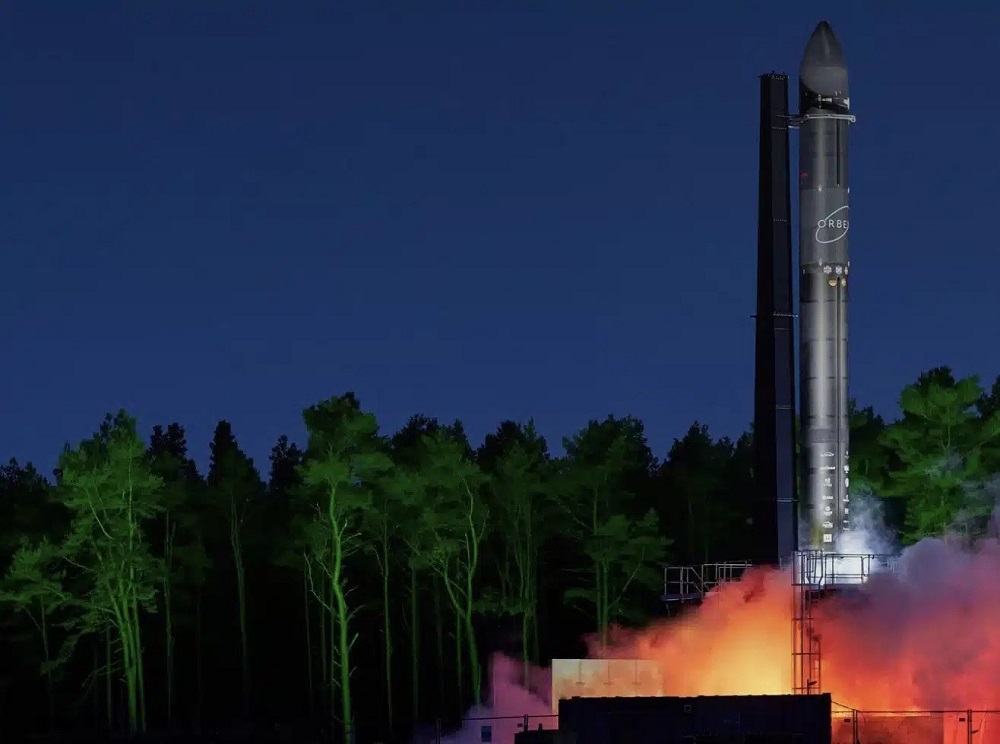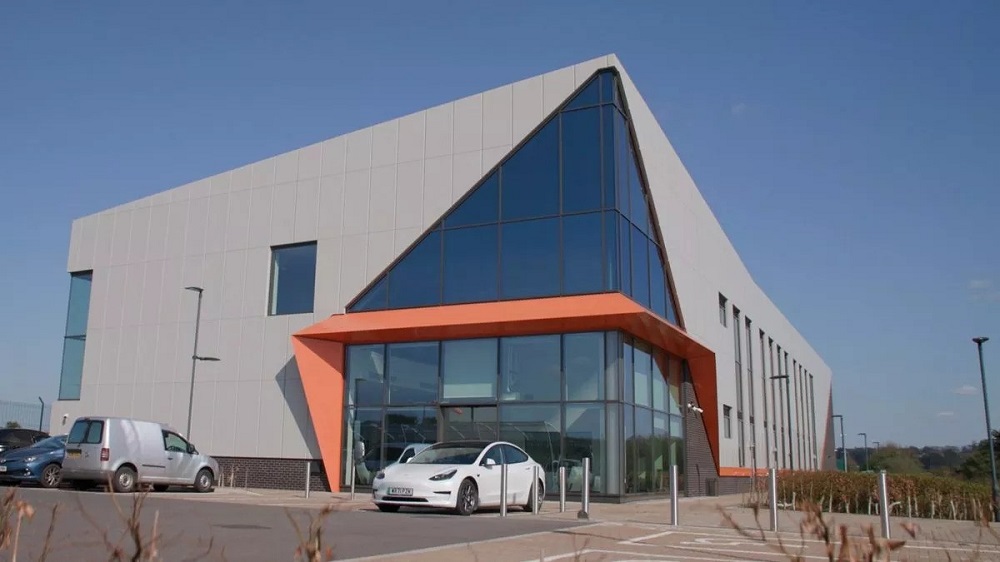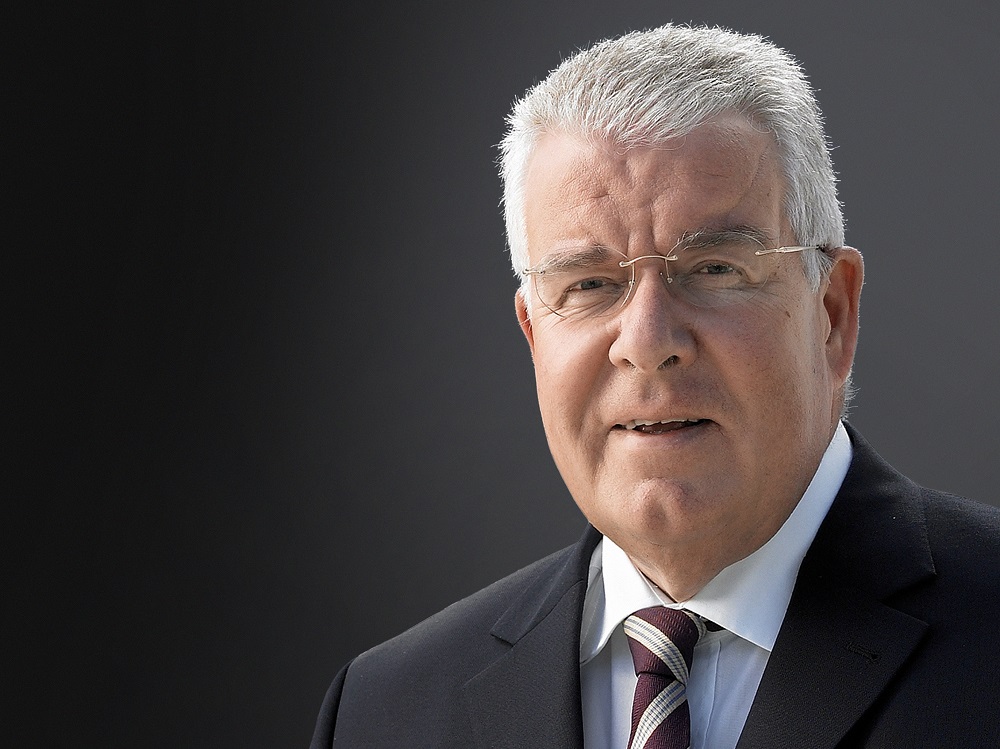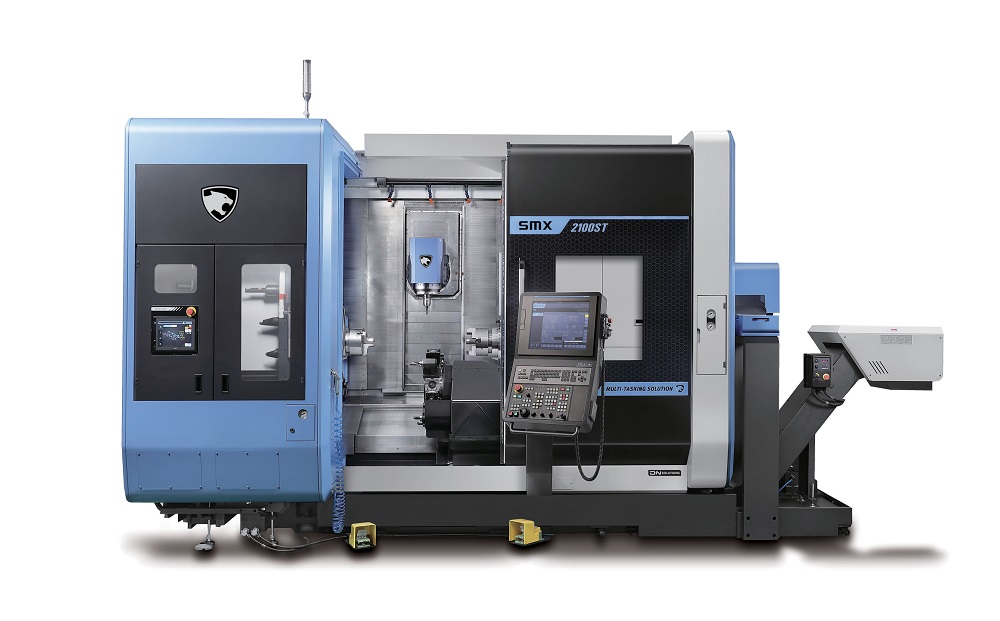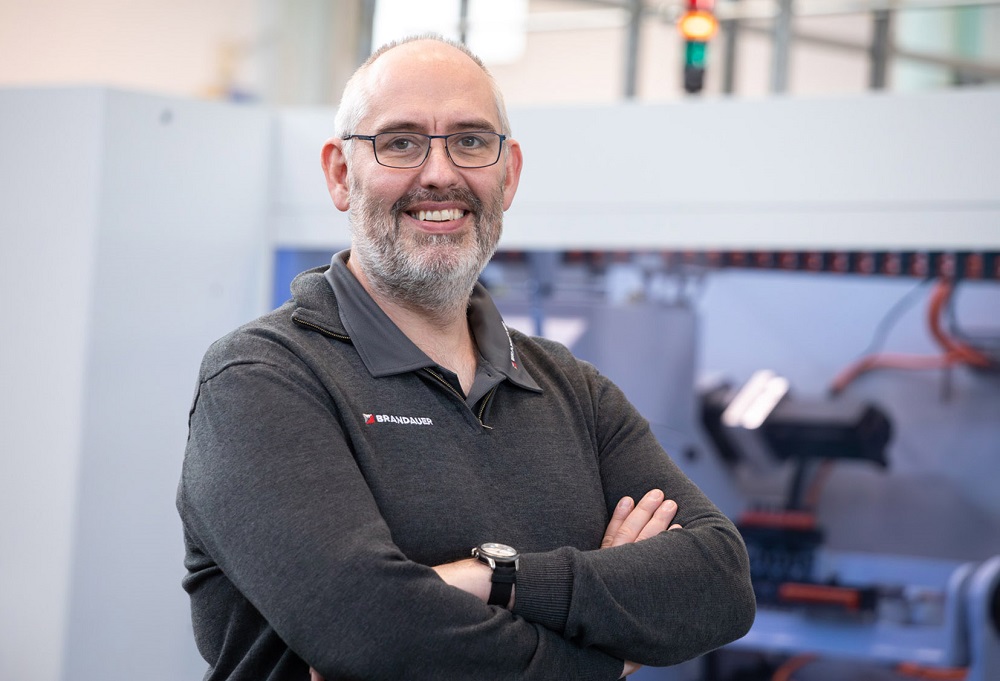UK-based orbital launch services company, Orbex, hassecured £3.3min funding from the UK Space Agency as part of the European Space Agency’s (ESA’s) ‘Boost!’ initiative. Orbex will use the funding to build the ‘Ultra-Green Launch Complex’ at Sutherland Spaceport on the north coast of Scotland. The spaceport aims to be the world’s first carbon-neutral spaceport in its construction and operation. The site will see the launch of up to 12 orbital rockets per year, with Orbex already securing several commercial launch contracts with satellite manufacturers.
For further information www.orbex.space






